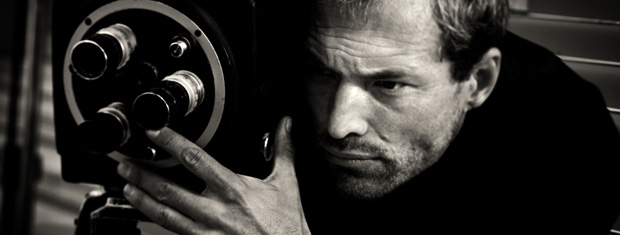
Premium Media Distribution and communication
It has long been believed there was a significant market for premium quality content, the visual equivalent of the audiophile’s studio mastered reel to reel 15 channel audio tapes or beloved vinyl. However, in the case of image content, delivery methods fall short of a premium experience. Technical progress is alive and well regarding digital cinema cameras and display devices, which have progressed in recent years from 2K to approach 8K. Meanwhile, typical media delivery methods are still struggling to deal with 4K resolution and tricks to stretch typically HDR7 dynamic ranges to apparent HDR10.
Digital Cinema technology and requirements development in the 1990s realized HDR12 was needed to “future proof” the long capital life of theatrical media, and provide adequate quality for current and future display technology. The wavelet transform encoding used in all digital cinema provides elegant artifact free encoding of high dynamic range content. The Digital Cinema Initiative and the SMPTE DCP standard provide a studio supported encryption standard for secure distribution and methods enabling specific players and playtimes.
The only major technology lacking in the DCP standard appears to be encoding efficiency. However, vastly improved efficiency already exists. The early wavelet compressed digital cinema releases from 1999 to about 2003, which sold the studio industry on the merits of wavelet compression and kicked off the Digital Cinema Initiative (DCI), all used QuVIS QPE wavelet encoding, and were all tiny compared with current DCPs packaged with rate priority tools. The DCI planned to distribute movies to theaters on large disk drives, so encoding efficiency was not needed, and they could avoid licensing the technology.
Using QuVIS tools, 2K, 4K, and 8K DCPs at standard theatrical quality can be placed on optical disks, downloaded over the internet in reasonable times, and with commonly available internet service can be streamed. They support a studio approved security system which allows targeted play back, and they are fully “Cinema Quality” and HDR12 capable. Perfect for the new high contrast QLED 8K displays and corporate lightpanels.
Unlike other encode methods, high quality QPE wavelet encoding can be done deterministically in one pass, with very low latency, and complexity is of linear order, so 8K camera to cloud uploads, and real time low lag image communication are also possible.